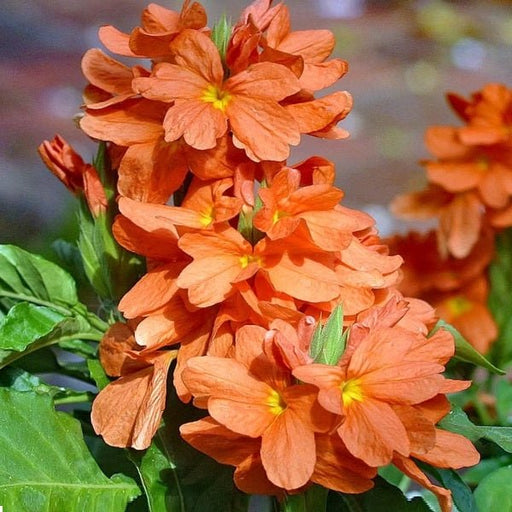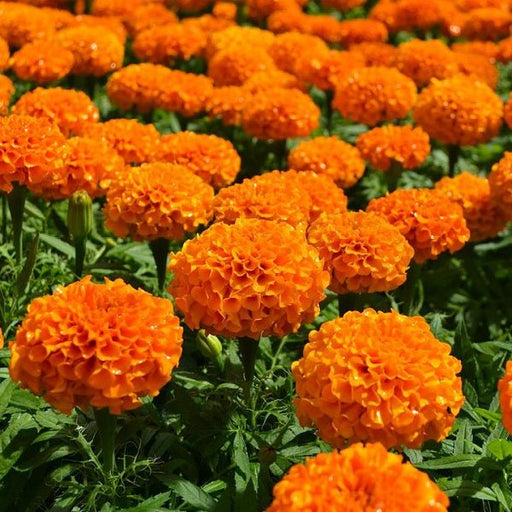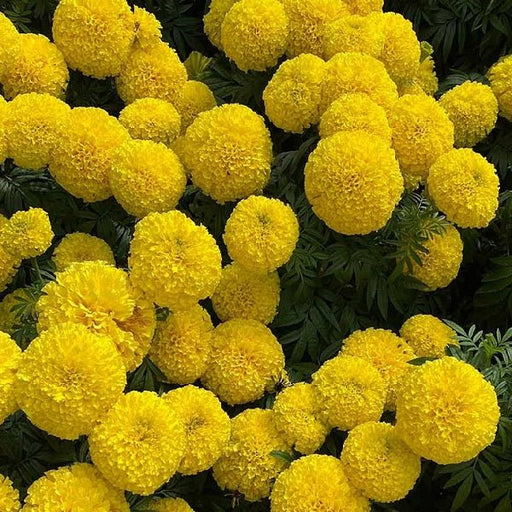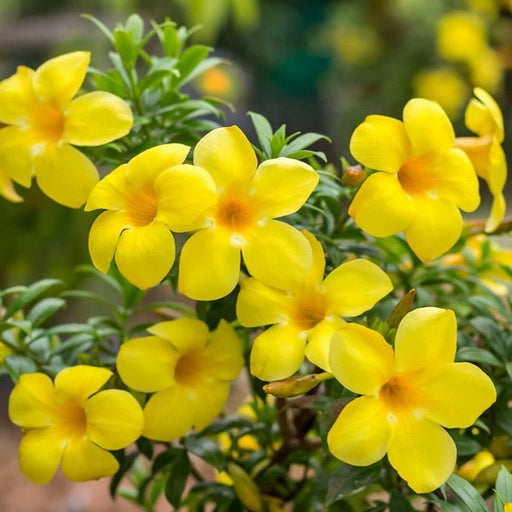
Snake Plant, Sansevieria trifasciata, Sansevieria zeylanica - Plant
Synonyms: Mother-in-Law's Tongue, Sansevieria trifasciata, Sansevieria zeylanica
Product Highlights:
- Common Names: Snake Plant, Mother-in-Law's Tongue, Sansevieria trifasciata, Sansevieria zeylanica
- Low-maintenance indoor plant
- Air-purifying qualities
- Elegant and sleek variegated foliage
- Historically revered for its symbolism of resilience and good fortune














